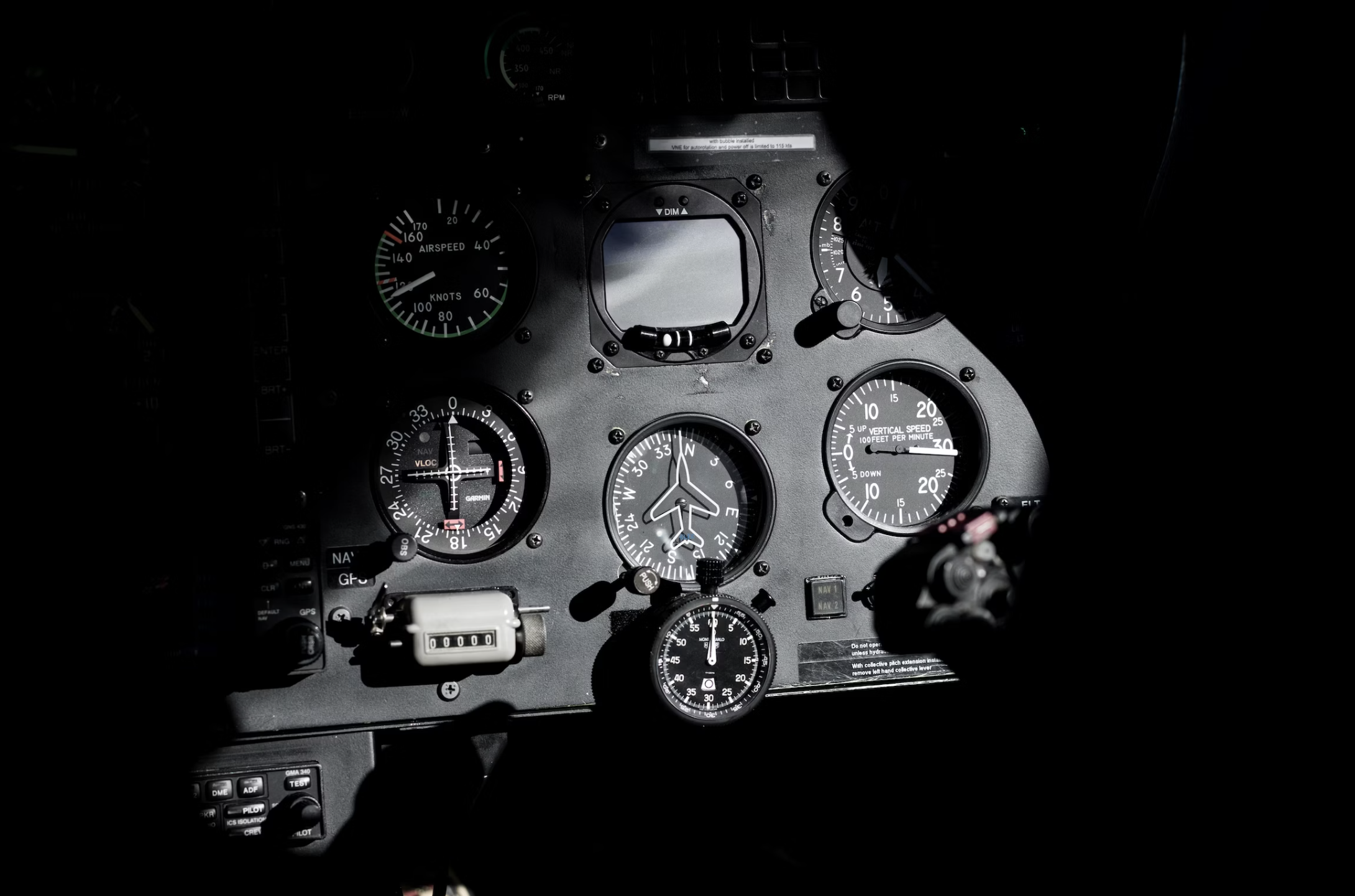
instrument rating
FAQ’s
-
Earning your IFR rating allows you to take better advantage of your aircraft as a transportation tool. Instead of waiting (on the ground) for the Bay Area fog to clear, you can take off, climb through the fog layer, and proceed to your destination in glorious sunshine. Or if you're returning in the evening, and the fog layer covers the airport, you can simply shoot an instrument approach to a safe landing, rather than having to land at an alternate (VFR) airport and get a cab back to your original destination. Although the IFR rating does not automatically grant you the ability to fly in any weather conditions, it certainly makes flying more enjoyable and practical.
-
While it may seem dangerous to fly an airplane at nearly 200 miles per hour while you can't see anything outside, accident statistics prove that instrument-rated pilots are, in fact, safer pilots. That's why, if you own an aircraft, your insurance rates will decrease significantly after you've earned your IFR rating. The simple truth is, IFR-rated pilots can handle unexpected weather changes that would constitute hazards to a VFR pilot. For example, if you're returning to the Bay Area on a summer evening, and the marine fog layer rolls in and covers your destination airport, you could simply shoot the instrument approach and land safely -- if you're properly rated and proficient at IFR flight. As a VFR-only pilot, you'd have to choose a different airport (without the fog layer obscuring it). So while IFR flying may not be perfectly safe, earning the rating will definitely make you a safer, more proficient pilot.
-
Most veteran pilots say that the IFR rating is probably the most difficult rating (aside from the Airline Transport Pilot certificate) that a pilot can earn. But they'll also tell you that it's the most rewarding. Although IFR training and proficiency demands quite a bit of concentration and effort, there's nothing quite like the feeling of shooting your first "real" instrument approach through a thick cloud layer. And the Bay Area is an ideal location for IFR training, since we have plenty of "soft" IFR (i.e. low clouds and fog) without too much of the "hard" IFR (thunderstorms, ice, and hail) that plagues Florida and the Midwest.
-
In order to take the IFR checkride, you must have at least a private pilot's license. You must log at least 35 hours of actual or simulated instrument time. Of that 35 hours, 15 hours must be with a certified instrument flight instructor (abbreviated CFII or CFI-IA.) We also have an FAA-approved, loggable flight simulators.
-
The average cost for an instrument rating is about $18,000.
-
There are three parts: the written, oral, and flight tests. The written test is a 60-question, multiple-choice, computerized test. After you’ve passed the written, and your instructor certifies that you’re prepared for the oral and flight tests, a Designated Examiner will administer the final exam, or “checkride.” If you meet the performance standards, congratulations! You’ll be issued your license that same day.
-
You can fly in IMC conditions and file IFR flight plans.
-
61.65 Instrument Rating Requirements
(a) General. A person who applies for an instrument rating must:
(1) Hold at least a current private pilot certificate, or be concurrently applying for a private pilot certificate, with an airplane, helicopter, or powered-lift rating appropriate to the instrument rating sought;
(2) Be able to read, speak, write, and understand the English language. If the applicant is unable to meet any of these requirements due to a medical condition, the Administrator may place such operating limitations on the applicant's pilot certificate as are necessary for the safe operation of the aircraft;
(3) Receive and log ground training from an authorized instructor or accomplish a home-study course of training on the aeronautical knowledge areas of paragraph (b) of this section that apply to the instrument rating sought;
(4) Receive a logbook or training record endorsement from an authorized instructor certifying that the person is prepared to take the required knowledge test;
(5) Receive and log training on the areas of operation of paragraph (c) of this section from an authorized instructor in an aircraft, full flight simulator, or flight training device that represents an airplane, helicopter, or powered-lift appropriate to the instrument rating sought;
(6) Receive a logbook or training record endorsement from an authorized instructor certifying that the person is prepared to take the required practical test;
(7) Pass the required knowledge test on the aeronautical knowledge areas of paragraph (b) of this section; however, an applicant is not required to take another knowledge test when that person already holds an instrument rating; and
(8) Pass the required practical test on the areas of operation in paragraph (c) of this section in—
(i) An airplane, helicopter, or powered-lift appropriate to the rating sought; or
(ii) A full flight simulator or a flight training device appropriate to the rating sought and for the specific maneuver or instrument approach procedure performed. If an approved flight training device is used for the practical test, the instrument approach procedures conducted in that flight training device are limited to one precision and one nonprecision approach, provided the flight training device is approved for the procedure performed.
(b) Aeronautical knowledge. A person who applies for an instrument rating must have received and logged ground training from an authorized instructor or accomplished a home-study course on the following aeronautical knowledge areas that apply to the instrument rating sought:
(1) Federal Aviation Regulations of this chapter that apply to flight operations under IFR;
(2) Appropriate information that applies to flight operations under IFR in the “Aeronautical Information Manual;”
(3) Air traffic control system and procedures for instrument flight operations;
(4) IFR navigation and approaches by use of navigation systems;
(5) Use of IFR en route and instrument approach procedure charts;
(6) Procurement and use of aviation weather reports and forecasts and the elements of forecasting weather trends based on that information and personal observation of weather conditions;
(7) Safe and efficient operation of aircraft under instrument flight rules and conditions;
(8) Recognition of critical weather situations and windshear avoidance;
(9) Aeronautical decision making and judgment; and
(10) Crew resource management, including crew communication and coordination.
(c) Flight proficiency. A person who applies for an instrument rating must receive and log training from an authorized instructor in an aircraft, or in a full flight simulator or flight training device, in accordance with paragraph (g) of this section, that includes the following areas of operation:
(1) Preflight preparation;
(2) Preflight procedures;
(3) Air traffic control clearances and procedures;
(4) Flight by reference to instruments;
(5) Navigation systems;
(6) Instrument approach procedures;
(7) Emergency operations; and
(8) Postflight procedures.
(d) Aeronautical experience for the instrument-airplane rating. A person who applies for an instrument-airplane rating must have logged:
(1) Except as provided in paragraph (g) of this section, 50 hours of cross-country flight time as pilot in command, of which 10 hours must have been in an airplane; and
(2) Forty hours of actual or simulated instrument time in the areas of operation listed in paragraph (c) of this section, of which 15 hours must have been received from an authorized instructor who holds an instrument-airplane rating, and the instrument time includes:
(i) Three hours of instrument flight training from an authorized instructor in an airplane that is appropriate to the instrument-airplane rating within 2 calendar months before the date of the practical test; and
(ii) Instrument flight training on cross country flight procedures, including one cross country flight in an airplane with an authorized instructor, that is performed under instrument flight rules, when a flight plan has been filed with an air traffic control facility, and that involves—
(A) A flight of 250 nautical miles along airways or by directed routing from an air traffic control facility;
(B) An instrument approach at each airport; and
(C) Three different kinds of approaches with the use of navigation systems.
(i) Three hours of instrument flight training from an authorized instructor in a helicopter that is appropriate to the instrument-helicopter rating within 2 calendar months before the date of the practical test; and
(ii) Instrument flight training on cross country flight procedures, including one cross country flight in a helicopter with an authorized instructor that is performed under instrument flight rules and a flight plan has been filed with an air traffic control facility, and involves—
(A) A flight of 100 nautical miles along airways or by directed routing from an air traffic control facility;
(B) An instrument approach at each airport; and
(C) Three different kinds of approaches with the use of navigation systems.
(g) An applicant for a combined private pilot certificate with an instrument rating may satisfy the cross-country flight time requirements of this section by crediting:
(1) For an instrument-airplane rating or an instrument-powered-lift rating, up to 45 hours of cross-country flight time performing the duties of pilot in command with an authorized instructor; or
(2) For an instrument-helicopter rating, up to 47 hours of cross-country flight time performing the duties of pilot in command with an authorized instructor.
(i) Use of an aviation training device. A maximum of 10 hours of instrument time received in a basic aviation training device or a maximum of 20 hours of instrument time received in an advanced aviation training device may be credited for the instrument time requirements of this section if—
(1) The device is approved and authorized by the FAA;
(2) An authorized instructor provides the instrument time in the device; and
(3) The FAA approved the instrument training and instrument tasks performed in the device.
(j) Except as provided in paragraph (h)(1) of this section, a person may not credit more than 20 total hours of instrument time in a full flight simulator, flight training device, aviation training device, or a combination towards the instrument time requirements of this section.


